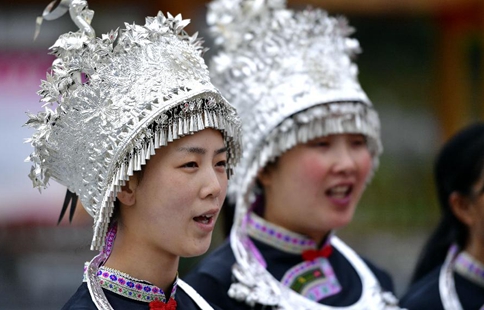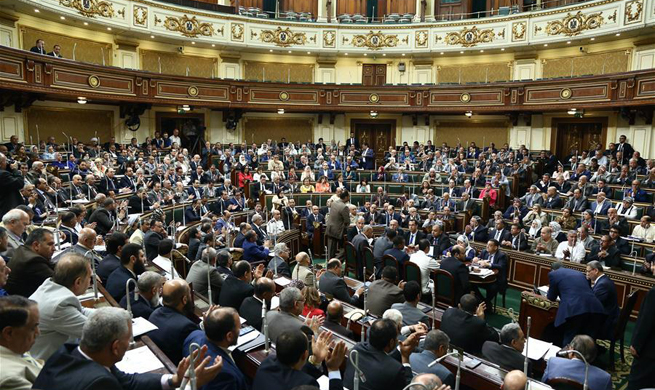LONDON, June 14 (Xinhua) -- British wage growth lagged inflation in April as unemployment remained at its lowest level in 42 years, official figures released on Wednesday showed.
Wage figures released by the Office of National Statistics (ONS) showed that wage growth, excluding bonuses, in April slipped to 1.2 percent, the lowest monthly figure in two and a half years.
Experts consider that the monthly wage growth figures are liable to volatility, and the three-monthly figures fell to a growth rate of 1.7 percent in the three months to the end of April, the lowest rate of growth since February, 2016, and just 0.1 percentage point lower than that in the three months to March.
The growth rate of pay has now reached its lowest level since early 2014.
"The wage figures are astonishingly weak and imply that real wages were down 1.5 percent year-over-year in April, the sharpest fall for three years," said Samuel Tombs, chief UK economist at Pantheon Macroeconomics, a London-based economics analysis firm.
"The painful experience of 2011/12, when inflation surged but wage growth weakened, appears to be repeating; firms are responding to rising raw material costs and uncertainty about the economic outlook by doubling down on pay awards."
Tombs said the fall in wage growth also partly reflects the fading of support from the National Living Wage (NLW).
The NLW increased by 4.2 percent in April, a smaller increase in the legal minimum wage for the people above 25 than when the NLW was introduced at 7.5 percent above the national minimum wage in April 2016.
Also on Wednesday, job figures released by the ONS showed a gain of 109,000 jobs in the three months to the end of April.
"The job market continued to show resilience in April 2017 as the unemployment rate printed unchanged at 4.6 percent and positive job creation continued," Andrzej Szczepaniak, UK economist with Barclays Research, told Xinhua.
This figure showed a continuation of the move out of part-time work into full-time work. However, despite this adjustment in the workforce, total hours worked were up only 0.1 percent over the quarter.
The jobless rate is now only 0.1 percentage points above the Bank of England's (BOE) estimate of the medium-term equilibrium unemployment rate, said Szczepaniak.
The number of jobless workers declined by 11,000 in April, its sixth consecutive month of decline, pushing the level to its lowest since September 2005.
The drop was driven purely by a fall in unemployment among the prime category (aged 25 to 49) for the third consecutive month.
"In our view, the number of people unemployed should remain broadly stable in the short-run, subsequently evolving on a gradual, upward trend towards 5.1 percent by end-2018 from the slowing of the economy and elevated Brexit uncertainties," said Szczepaniak.

















